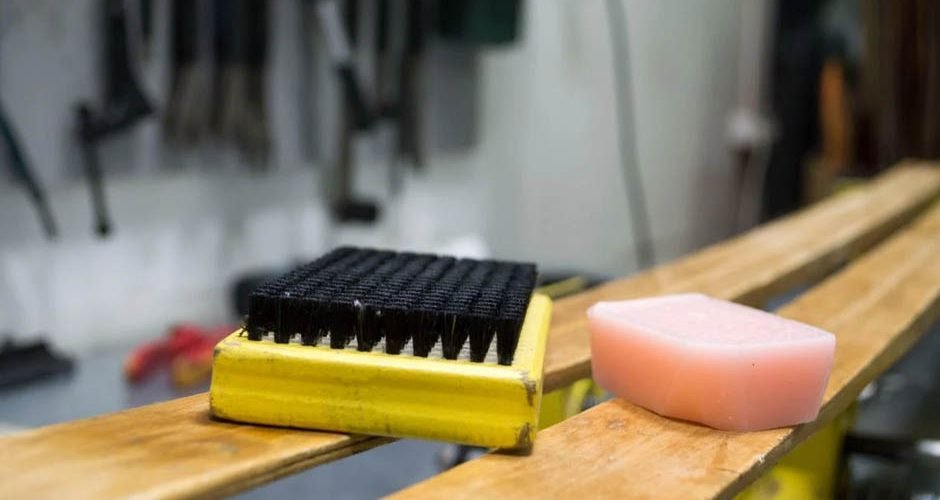Skiing is a complex sport that requires a variety of techniques, equipment, and accessories to excel. One of the most important accessories for skiers is FastStik, which is applied to the base of the ski to enhance its gliding properties. But with so many different types of ski wax available, each with its own unique properties, it can be challenging to determine which one is right for your needs.
Table of Contents
The Importance of Ski Waxing
Ski waxing is an essential element of maintaining the performance of skis and enhancing the skiing experience. Ski waxing is important because it provides skiers with the necessary grip and glide while skiing. The grip is essential for maintaining control and stability during turns and stops, while glide helps skiers maintain speed and maneuverability on the slopes.
The right ski wax can make all the difference in the world, especially in changing weather conditions. Ski waxing is a process that requires a degree of knowledge and skill, as different types of ski waxes offer different levels of performance under varying conditions. Understanding the different types of ski waxes available and their application techniques can help skiers select the right wax for the job and maintain their skis’ performance.
Glide Waxes for Faster Speeds
Glide waxes are a type of ski wax that is designed to reduce friction between the ski base and the snow, allowing for faster speeds and smoother gliding. These waxes are made from a variety of materials, including hydrocarbon, fluorocarbon, and even natural materials such as pine tar. Hydrocarbon waxes are the most basic and inexpensive type of glide wax and are suitable for beginner skiers or for use in warmer temperatures.
Fluorocarbon waxes, on the other hand, are more expensive but provide superior glide performance, especially in colder temperatures and on more abrasive snow. It is important to choose the right type of glide wax based on the specific snow conditions and temperature, as using the wrong wax can actually slow down your skiing performance. A professional ski wax technician can help you choose the right glide wax for your needs.
Grip Waxes for Better Traction
These waxes work by creating a tacky surface that grips the snow, enabling skiers to push off and maintain control while ascending hills. There are three main types of grip waxes: hard waxes, klister waxes, and liquid waxes.
- Hard waxes are the most commonly used type and are typically applied to the grip zone of the ski.
- Klister waxes are stickier and better suited for wet or icy conditions.
- Liquid waxes are the easiest to apply and are the best option for skiers who are short on time.
Skiers should choose their grip wax based on the weather and snow conditions they will be skiing in, as well as their level of experience and skill on the slopes.
Waxing Techniques for Optimal Performance
Waxing is an essential part of maintaining and improving the performance of skis. However, not all waxing techniques are created equal. To achieve optimal performance, it’s crucial to understand the different types of ski waxes and the techniques used to apply them. Here are the techniques for applying glide and grip waxes:
- Glide Waxing: The ski should be heated with a heat gun or iron, then the glide wax should be melted into the base of the ski. Once it dries, it should be scraped off and buffed with a cork.
- Grip Waxing: The area where the wax will be applied should be cleaned, and then the grip wax should be melted into the ski base. Once it has dried, it should be scraped off and brushed with a stiff brush.
In Conclusion
Understanding the different types of ski waxes and their application is crucial for optimizing performance in the varying conditions of the mountain. By knowing the differences between glide and grip waxes, as well as the various types within each category, skiers can choose the appropriate wax for the snow conditions and temperature.
Moreover, with the proper application techniques, skiers can ensure that their skis are gliding smoothly and gripping effectively, leading to a more enjoyable and successful day on the slopes. As with any aspect of skiing, there is always room for improvement, and mastering the art of ski waxing is certainly no exception.





